Kroger, one of the major grocery chains, has recently abandoned its experiment with self-checkout-only stores.
Kroger decided on this move after other retail giants like Target, Walmart, and Dollar General have also made adjustments to their self-checkout strategies.
Kroger’s All Self-Checkout Concept in Dallas
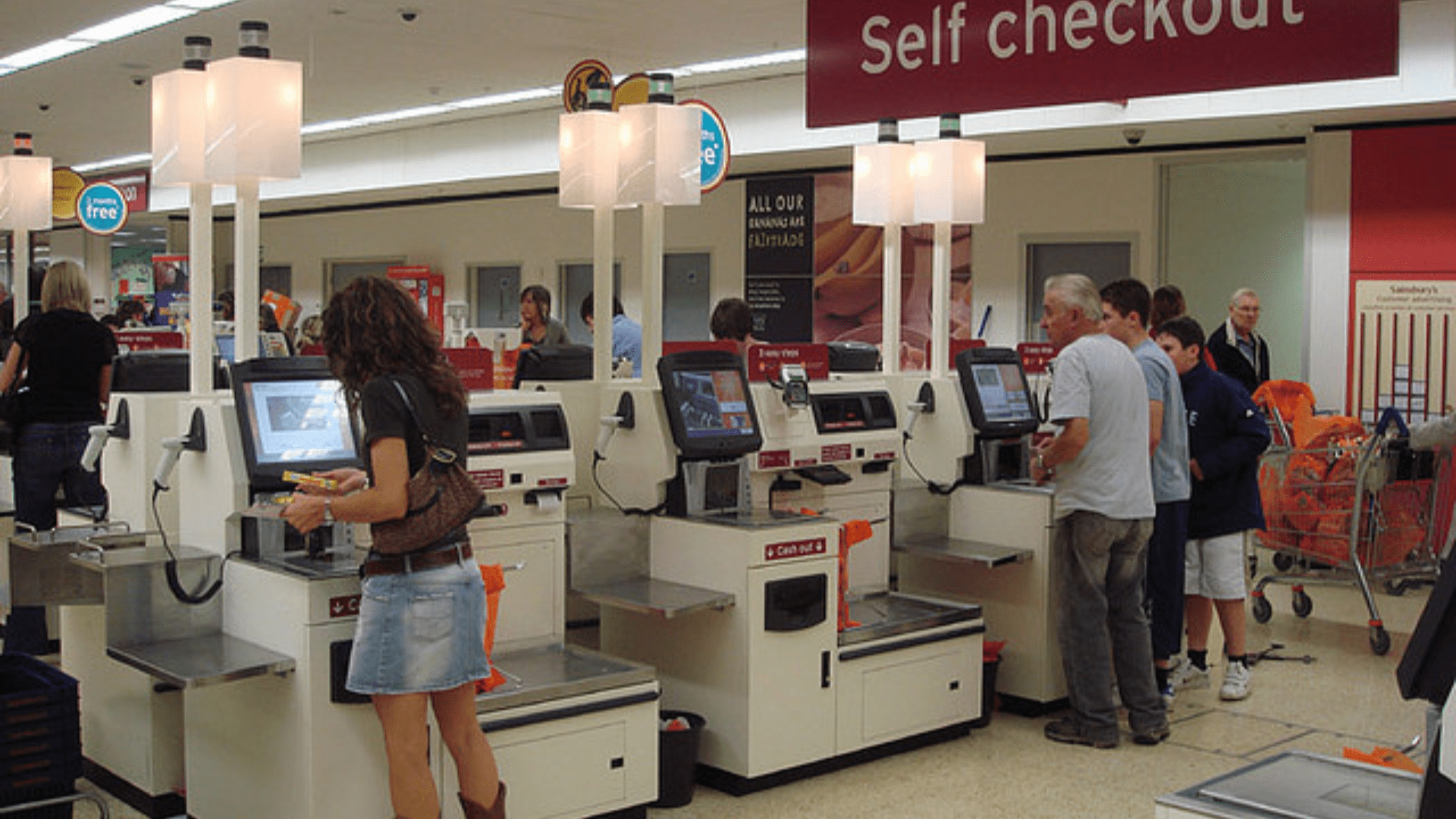
Kroger initially tested an all self-checkout concept in a Dallas store, eliminating traditional cashier-based checkout lanes and introducing wide-belted self-checkouts designed for large-volume purchases.
However, the company quietly ended this experiment and reintroduced traditional checkout lanes after listening to customer feedback.
The Trend of Retail Self-Checkouts
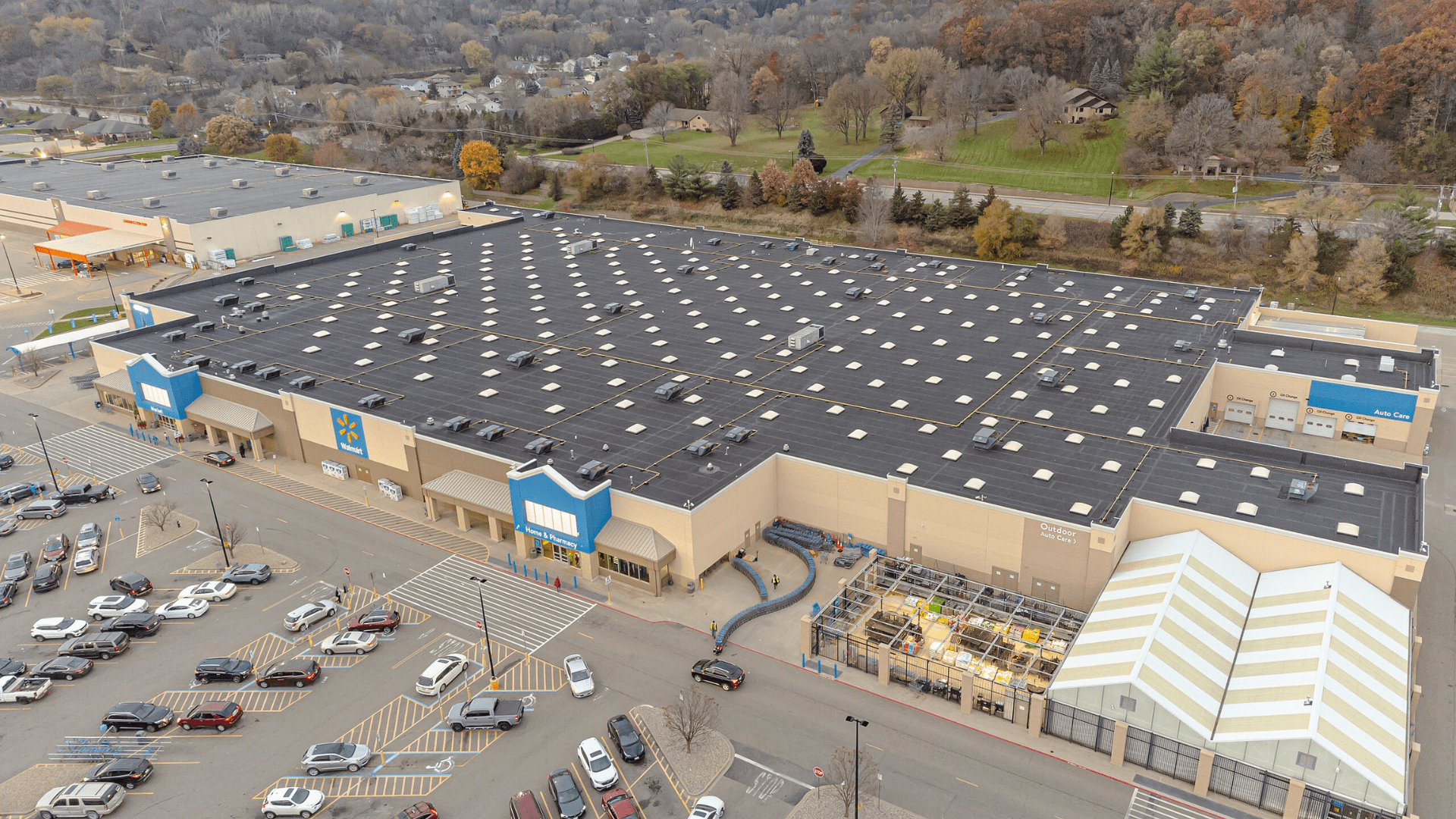
The trend of self-checkout adoption has been on the rise across the retail industry, with most major grocery chains incorporating self-checkout lanes in their stores.
While retailers often pitch self-checkout as a convenient option for customers, it is primarily a cost-cutting measure to reduce labor expenses. However, the implementation of self-checkout has led to increased incidents of theft, both intentional and accidental, raising concerns about its effectiveness.
When Did Self-Checkouts Begin?
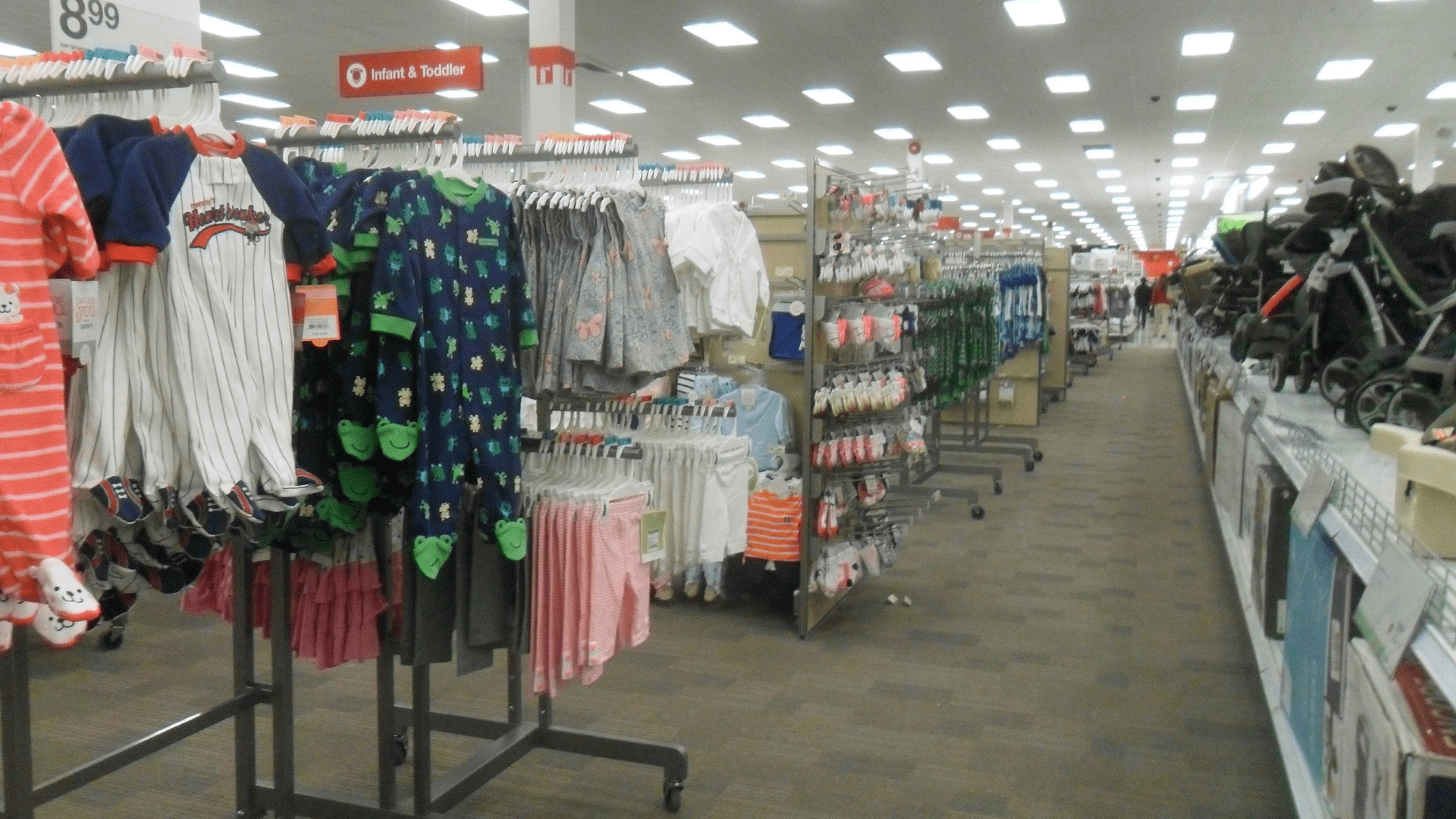
Automated checkout machines were first introduced in 1986 at the Food Marketing Institute convention. It was originally developed by CheckRobot Inc. based out of Florida.
Three self-checkout machines were installed into a Kroger store in Atlanta, Georgia, not too long afterward in a 14-week trial.
What Were the Original Proclaimed Benefits of Self-Checkouts?

The key issue self-checkouts first purportedly addressed was perception of checkout speed. If customers believed this checkout method was faster, they were more content with a quicker exit from the store.
In actuality, however, the customer takes longer to complete self-checkout, but the perception is of a faster process since they are actively participating. By offering a more expedited checkout option, self-checkouts were thought to enhance customers’ perceived speed of the checkout process.
When Did Self-Checkouts Become Popular?

The surge in the adoption of self-checkout machines at supermarkets gained momentum in the early 2000s.
Faced with the imperative to reduce costs during the 2001 recession and confronted by formidable competition from emerging superstores and warehouse clubs, supermarkets turned to this technological trend as a strategic response.
Do Self-Checkouts Encourage Theft?

According to data from the loss prevention platform Auror, 39% of all thefts in grocery stores occur at self-checkout, costing stores an average of $120 per incident.
The rise in shoplifting incidents has raised questions about the real benefits of self-checkout systems, prompting some retailers to rethink their strategies.
An Earlier Experiment in Tennessee
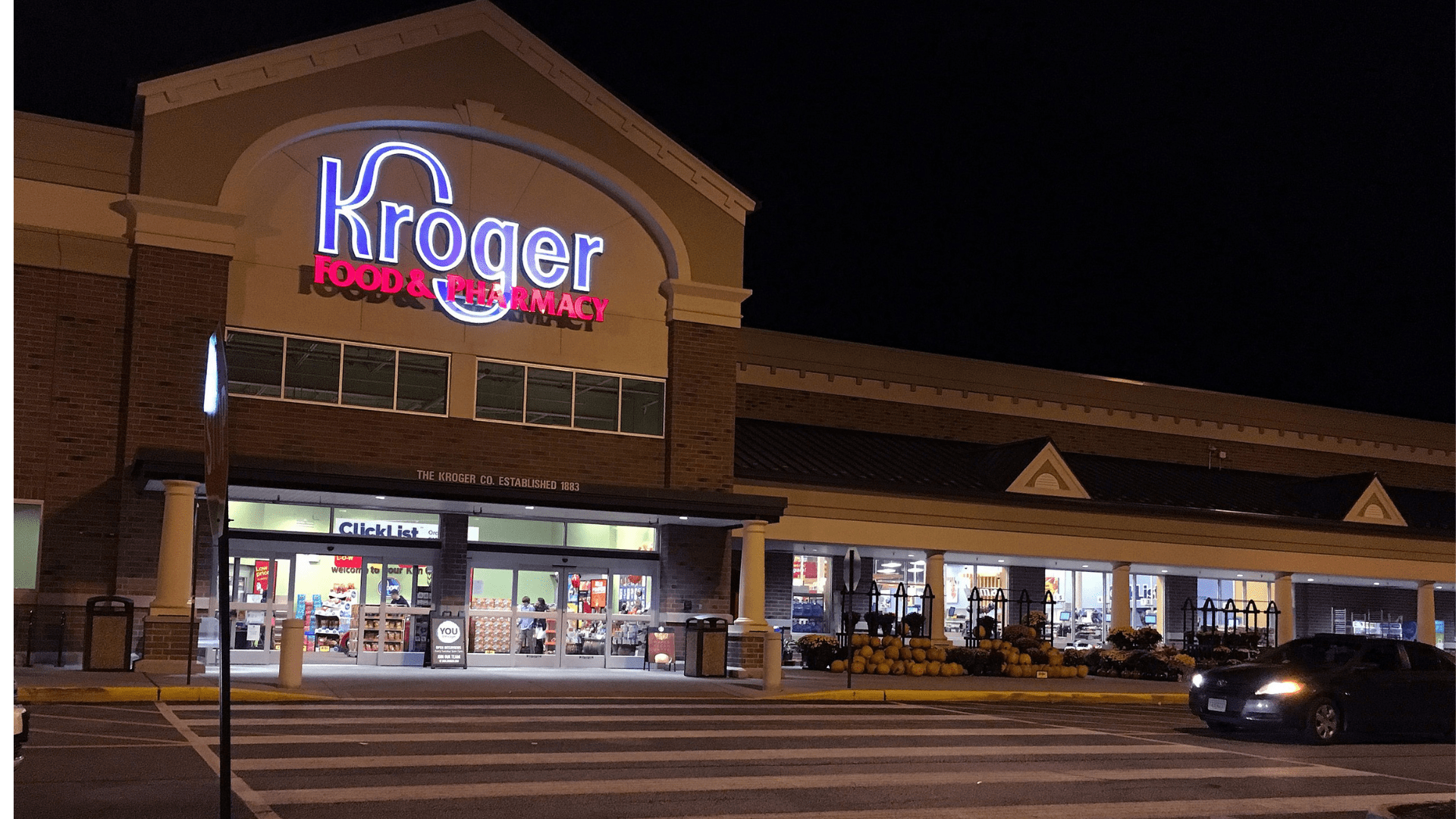
Kroger had experimented with an all self-checkout store in Tennessee, emphasizing the speed and convenience it offers to customers.
However, the company clarified that not every checkout clerk was replaced by self-checkout, and staff were still available to assist customers who preferred traditional checkout or needed help with the process. The retailer aimed to cater to the preferences and needs of a diverse customer base by providing options for both self-checkout and traditional checkout experiences.
Kroger Abandoned the All Self-Checkout Experiment in Dallas

While Kroger had initially tested the self-checkout-only concept in Dallas in 2021, it recently abandoned the experiment and reinstated some traditional checkout lanes in response to customer feedback.
The move indicates a shift in strategy, emphasizing the importance of accommodating various customer preferences and maintaining a balance between self-checkout and staffed checkout lanes.
Retail Giants Are Making Adjustments to Self-Checkouts
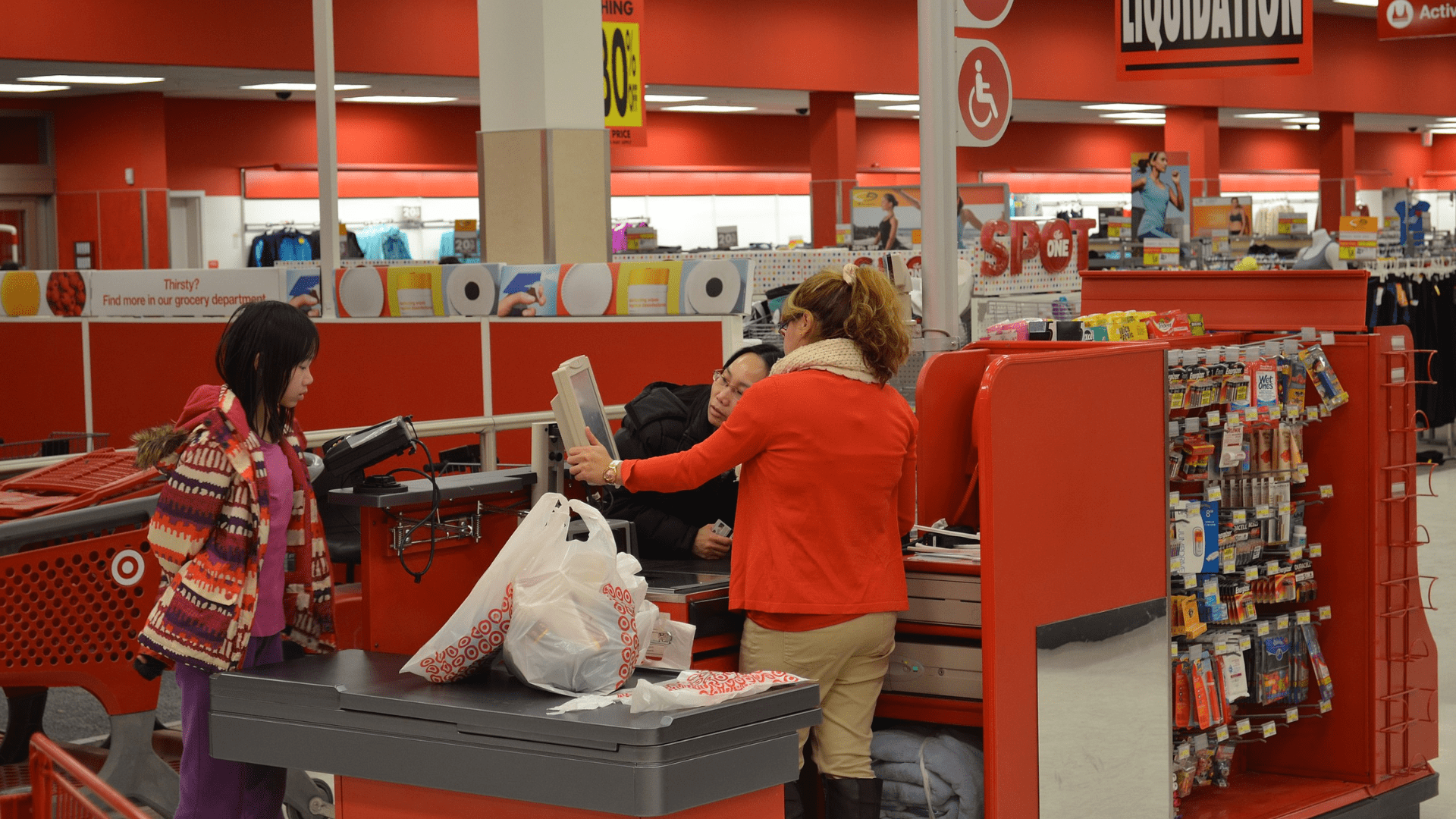
Other retail giants like Target, Walmart, and Dollar General have also made adjustments to their self-checkout approaches.
Target imposed item limits at self-checkout in some stores, while Walmart removed self-checkout in select locations. Walmart also granted employees the ability to disable self-checkout for security checks, a move that sparked controversy due to its presentation as a technology breakdown rather than a deliberate strategy.
Dollar General Plans to Reduce Reliance on Self-Checkout
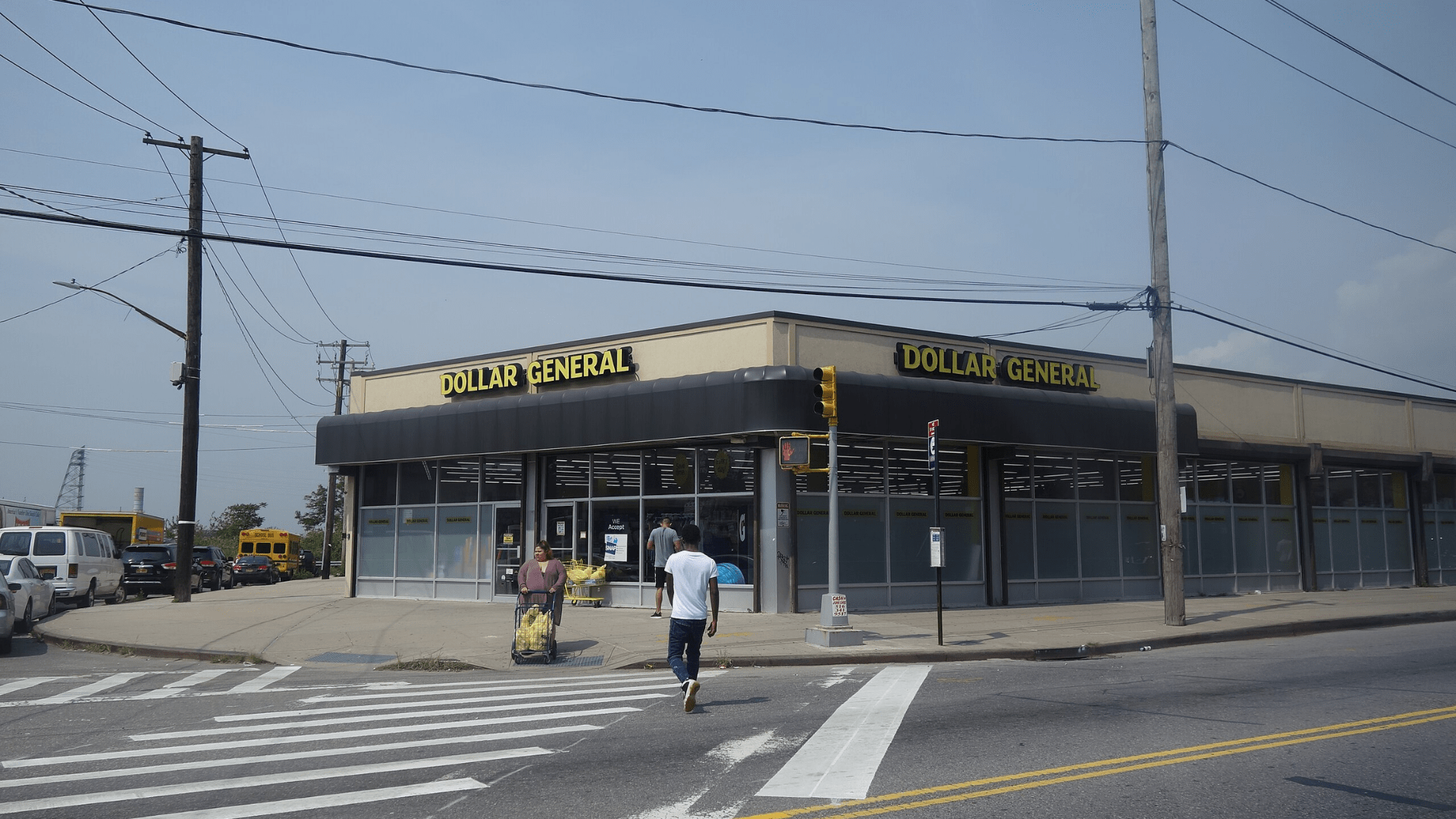
Dollar General, following its third-quarter earnings call, announced plans to reduce its reliance on self-checkout and increase the employee presence at the front end of its stores.
The company’s CEO, Todd Vasos, highlighted the importance of friendly and helpful employees in the checkout area, emphasizing the role of staff in enhancing the overall customer experience.
Balancing Cost-Saving and Customer Satisfaction
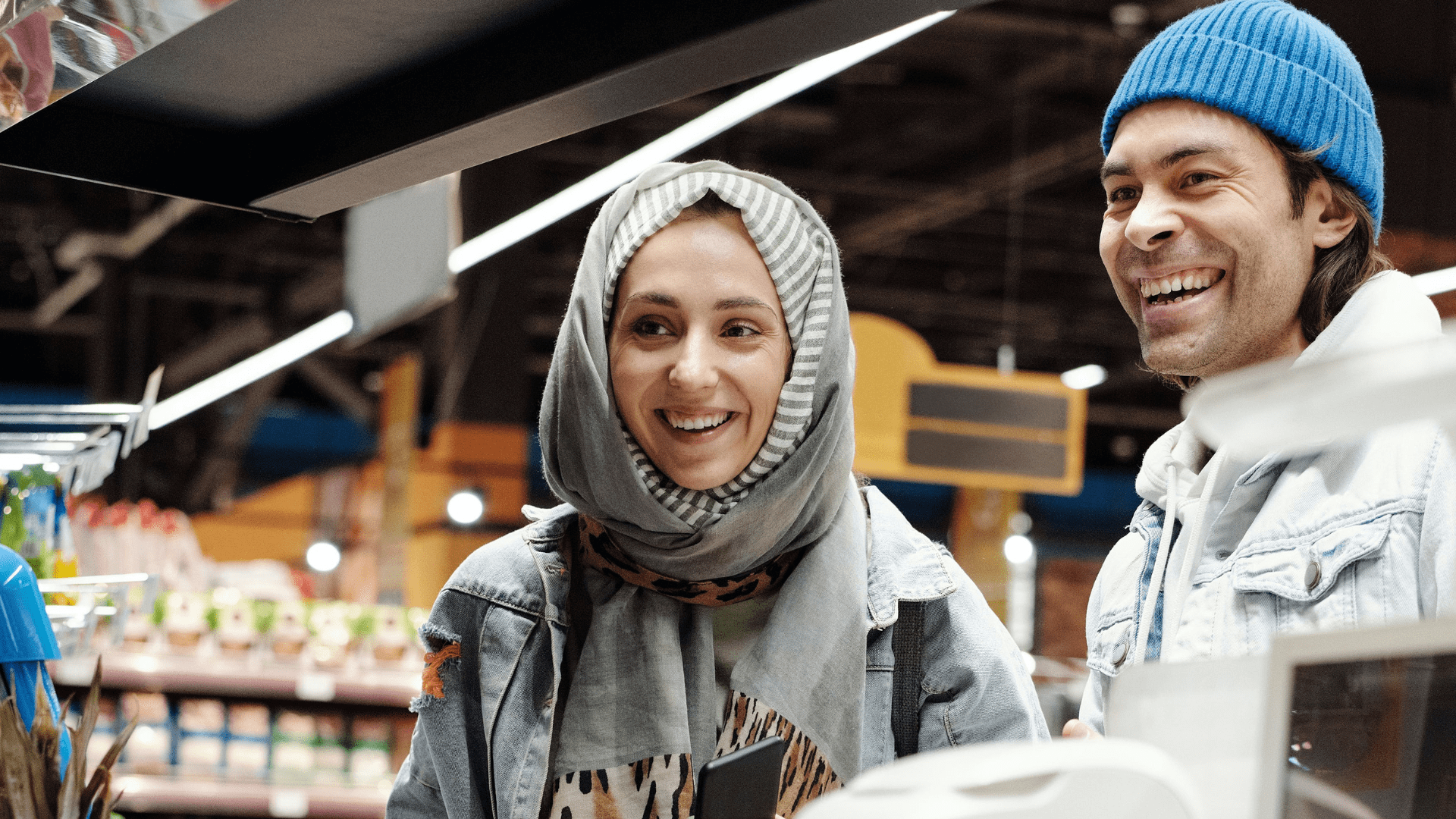
The adjustments made by Kroger and other retailers reflect a nuanced approach to self-checkout, recognizing the need to balance cost-saving measures with customer satisfaction and security concerns.
As the retail landscape continues to evolve, finding the right mix of technology and human interaction becomes crucial in providing a seamless and secure shopping experience for customers.
